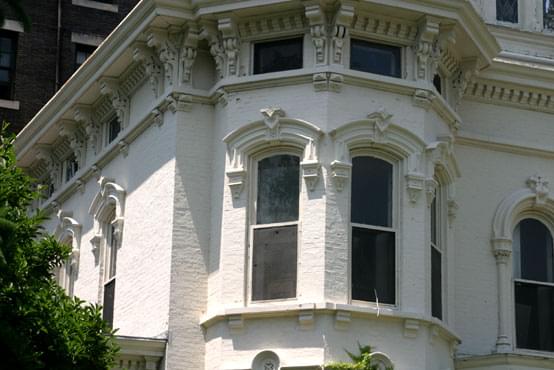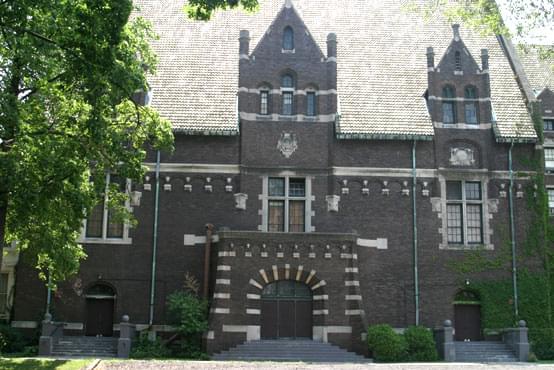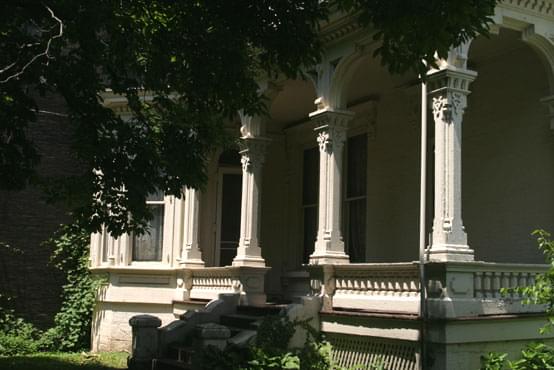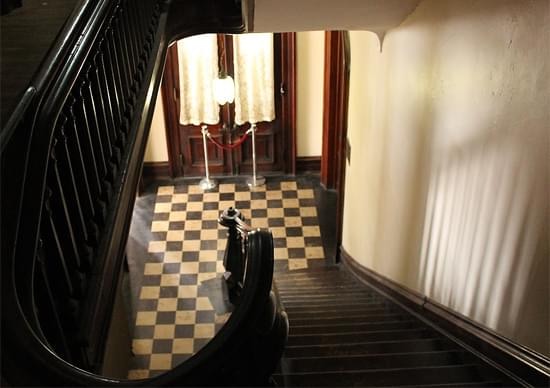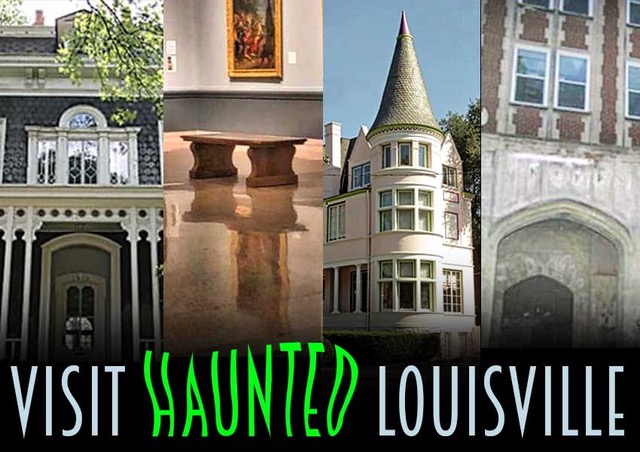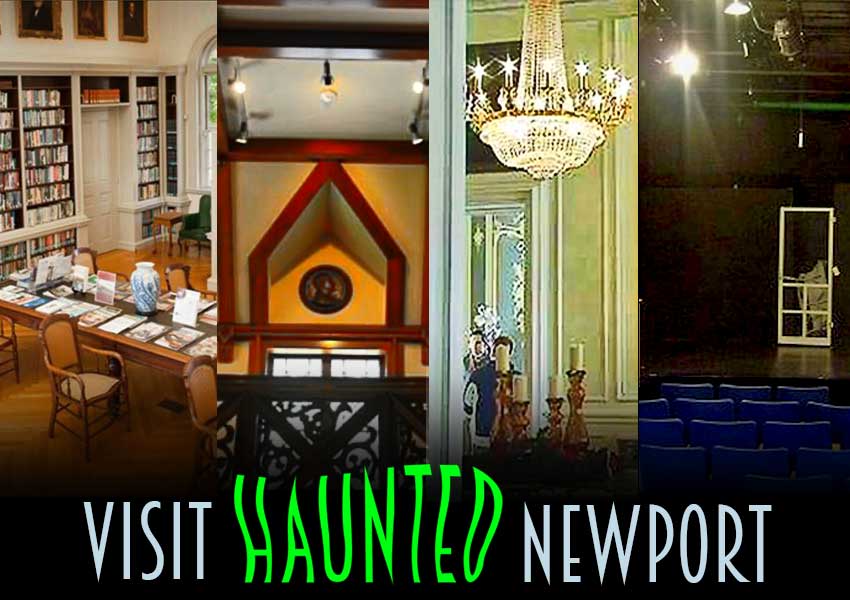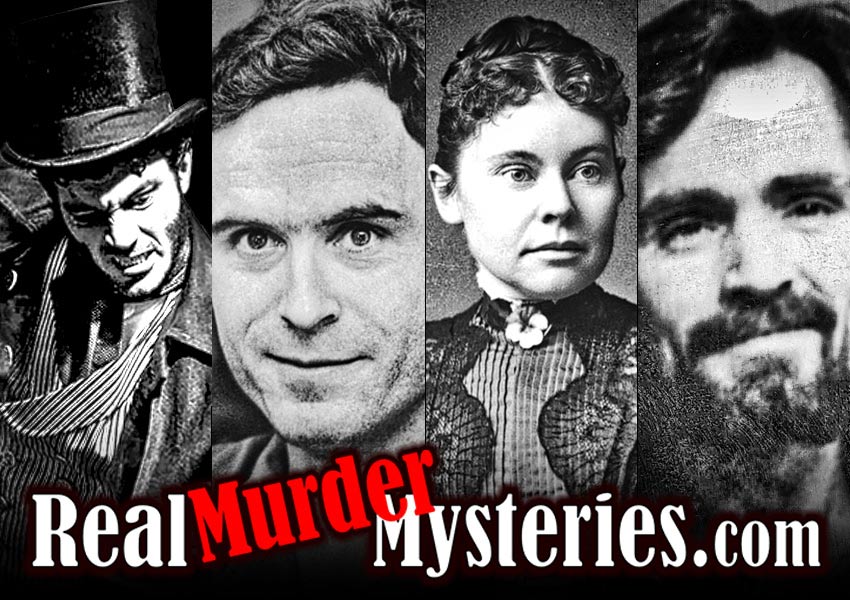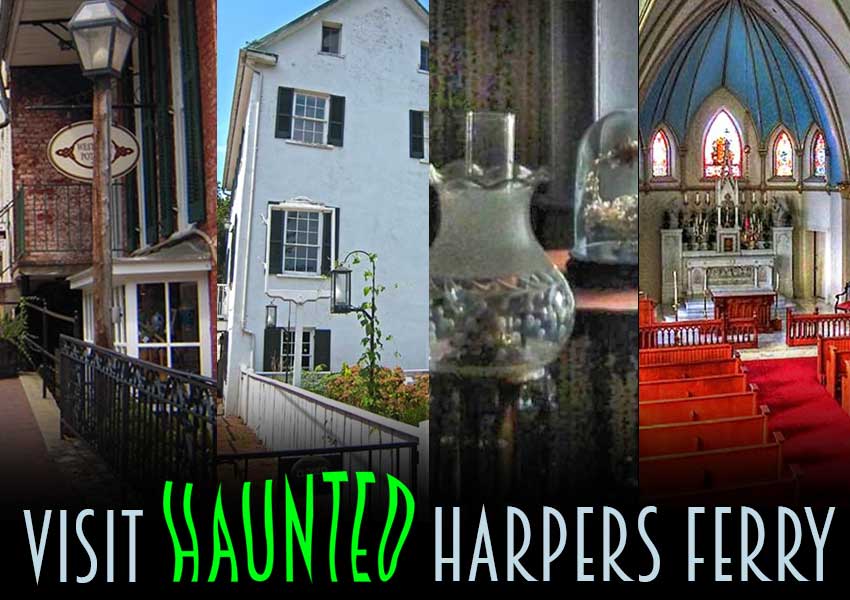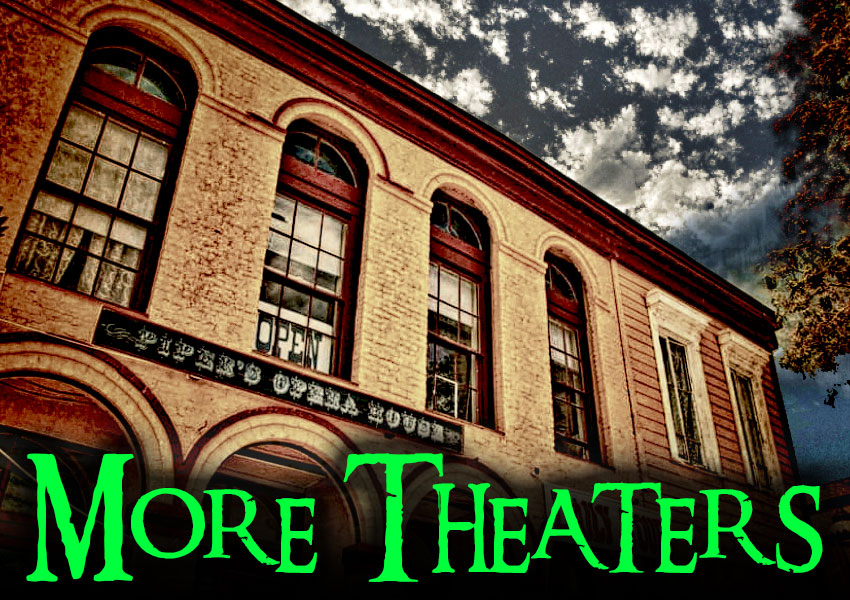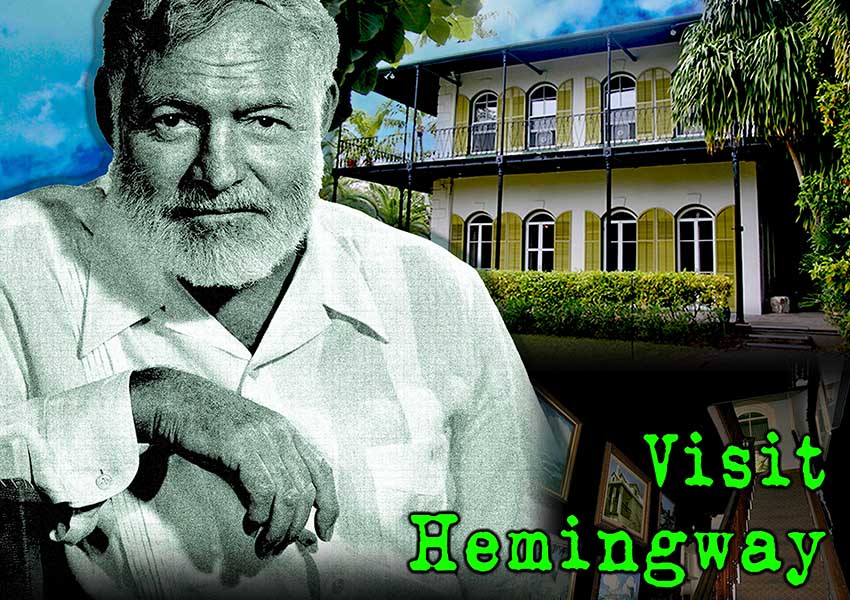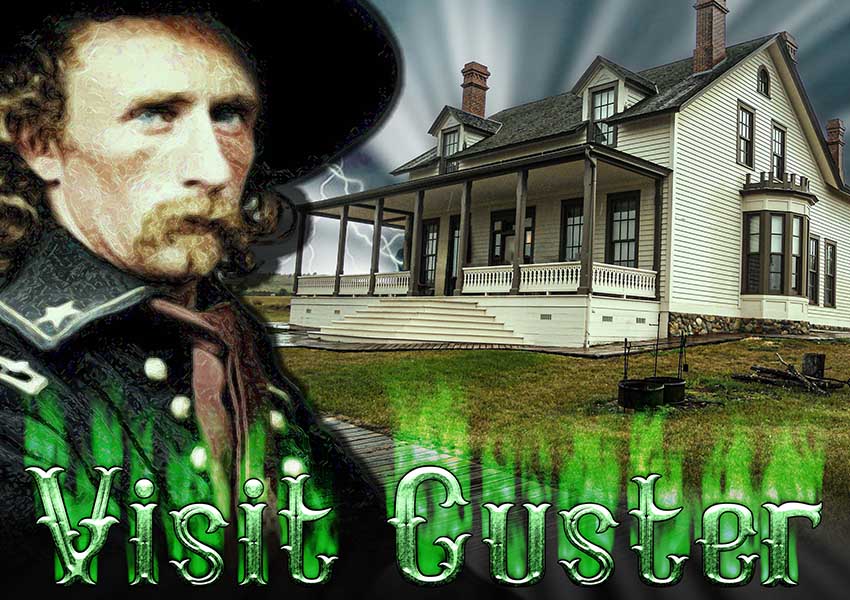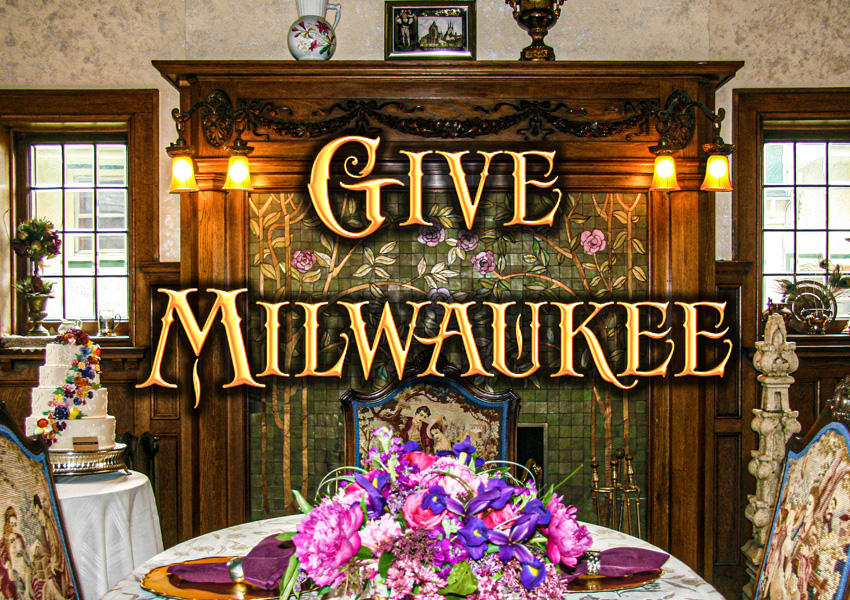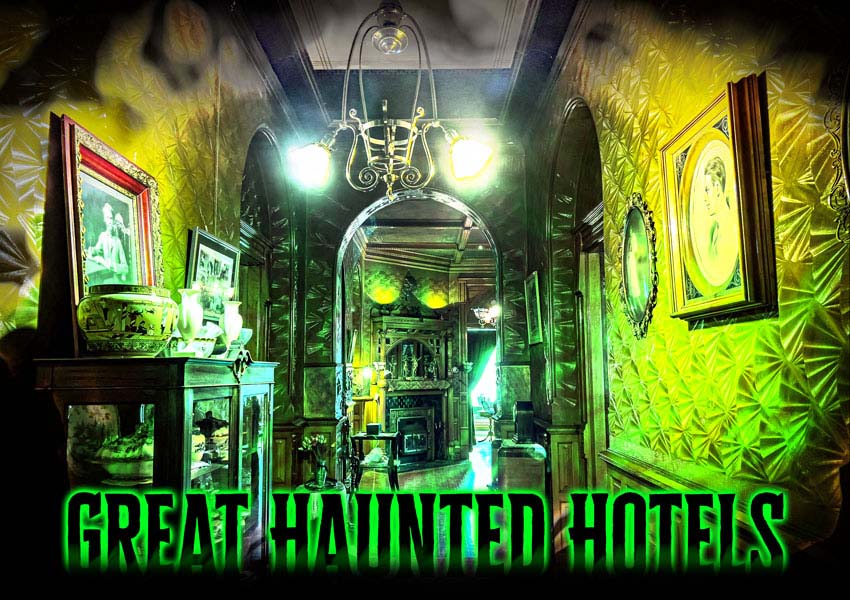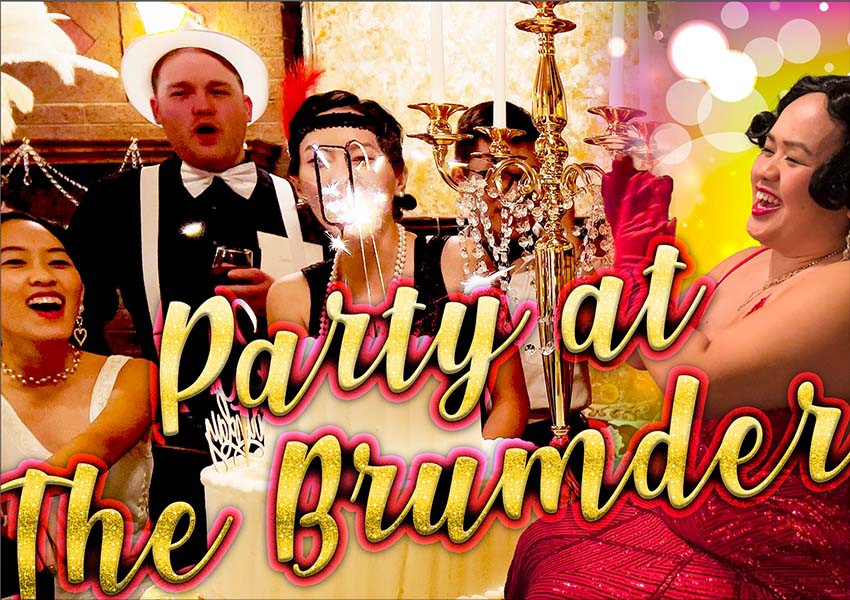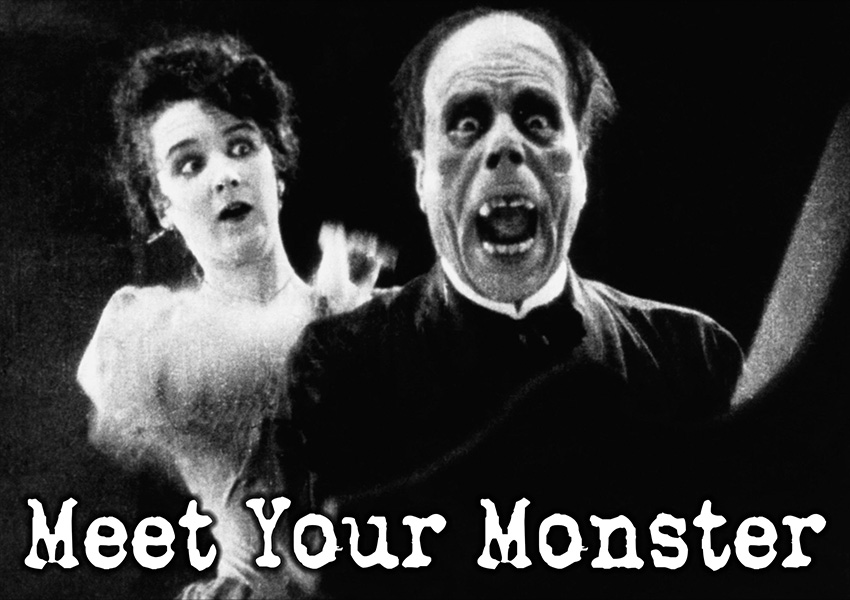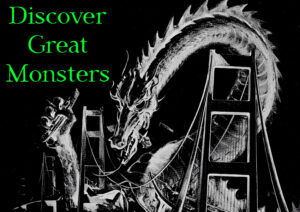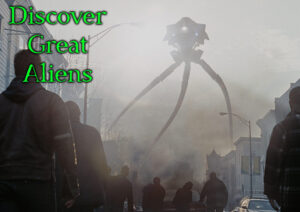Toledo Ohio
Collingwood Art Center
Haunted by variety of spirits in various moods and outlooks.
Paranormal activity experienced here reflect extreme
crabbiness, sadness, joy, and anticipation.
DESCRIPTION AND HISTORY
Toledo’s largest and oldest structure, The Collingwood Arts Center, is an immense and ominous, 6 floored, high pitched tile roofed brick building, with an attic and huge basement, made complete with elaborately carved window frames and a mansard roofed tower. Its architecture is described as being a “Flemish Gothic” design, blending Gothic and Romanesque styles.
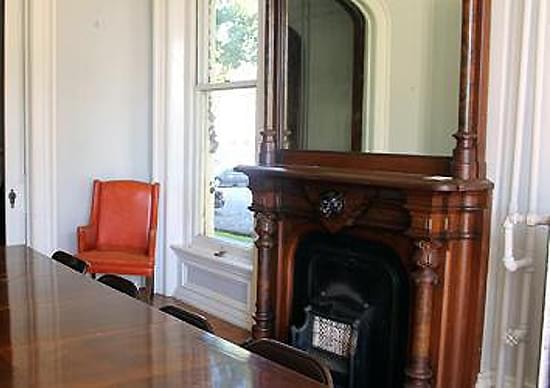
Tom and I visited this grand, imposing building, and it does have an aura and feeling about it of being the home of restless spirits; an unmistakable sense that both Tom and I recognized immediately. It would fit in nicely as the main building in a spooky ghost yarn or an Adams Family movie.
Designed by Architect E. O. Fallis, this large, 113,000 square ft., rectangular building, which sits sideways on its lot, opened in 1905 as the new teaching convent for nuns in the the Ursuline Order of the Sacred Heart, St. Ursula Academy. In 1922, the Mary Manse College was established here, and finally became a retirement home for nuns.
When the retirement home closed, the building stood vacant for a few years until 1985, when a man with a dream, Pat Tansey, rented the woe be gone building and Gerber House, in hopes of creating a community art center. The Collingwood Arts Center was started, while rescuing these classic buildings from decay, and saving them from a wrecking ball in their future. At some time, the property was bought outright from the Ursuline Order. A third Victorian, next to the Gerber House was also bought. It is currently being restored.
The Collingwood Arts Center is divided into 4 sections: Gerber House, a Theater Wing, a Dorm Wing for artists, and Studio Wing. The basement is used for storage and laundry facilities. The Attic was the place where the work rooms of the convent were located and was built to be light and airy.
Gerber House
This 1872, three storied Victorian mansion, plus attic and basement, is located right in front of the main building of The Collingwood Arts Center, connected via a passageway from the basement to the towering Arts Center building just behind it. There is a staircase from the second floor of the main building which leads to the second floor of the Gerber House as well.
This lovely, white painted-brick mansion was the dream child of a local merchant, Christian Gerber, who spared no expense in building this showcase of 19th century craftsmanship. Featuring elegant parlors with 15 foot high ceilings, solid walnut doors, ornate carvings, the white marble rococo revival fireplace mantels, and walnut staircases are just a few of the bells and whistles that Gerber had built into the decor and design of this house. Unfortunately, He had construction nightmares in that the mansion wound up costing twice as much than the original estimate.
Three years later, in 1875, Gerber found himself to be “financially over-extended”, from not only overspending way above his means, but also because Toledo was suffering from a economic slow-down. Gerber wound up declaring bankruptcy.
Throughout the decades, this lovely Victorian was the family home of The Ketcham and Laskey families, before it was bought by the the Ursuline Order of the Sacred Heart, and then the Collingwood Arts Center, who restored this mansion to its former glory.
Today, the parlors remain open to the public for art exhibitions, small conferences and meetings, and other functions. The second and third floor rooms are rented to artist residents of the Collingwood Arts Center.
The Theater
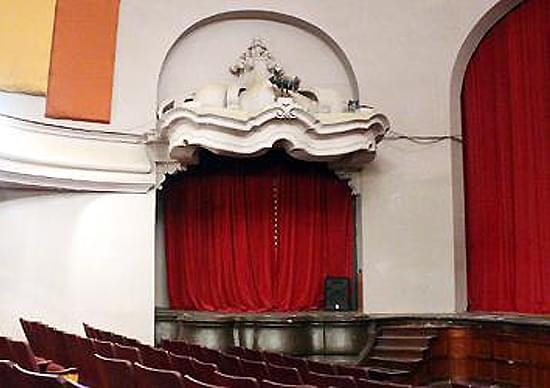
The Collingwood Arts Center has a glorious, 600 seat theater auditorium with a balcony, created in the Flemish Gothic and Romanesque styles with Neo-Baroque embellishments in two crowns over the box seats at stage left and right.
The Theater is covered with a stained-glass dome. The acoustics are stunning, making it a favorite place for orchestras, ensembles, recitals, chamber music, theater arts productions and other small-group performances in the arts.
The studio wings are located in the old classrooms and the rooms for rent are found throughout the spacious, rectangular Gothic structure.
HISTORY OF MANIFESTATIONS
Main Collinwood Arts Center Building
Some nuns became really attached to their convent work here. They refuse to let go from this world to go to the other side.
The Basement Area
In the 1950s, a distraught nun hung herself in the basement.
When the building was vacant for awhile, an occult group broke in and had ceremonies in the basement area.
The Gerber House
From the 1870s through 1900, people would dump their sewage into The Maumee River. The untreated water was used as a water supply. The people of Toledo suffered and died from Typhoid and other water-borne diseases, until the city of Toledo built a treatment plant and opened it on February 2, 1910.

MANIFESTATIONS
The Gerber House
The sociable entity of a female dressed in a wedding gown appears in the back and front parlors, in front of the living, who are using the parlors for their events.
It is theorized that it could be a daughter of one of the families who lived here, scheduled to be married, but died of a disease from the bad river water before she could be married.
It could also be a young novice in training, who was getting ready to join the order as a bride of Christ, but she died before she could do so.
The Gerber House
A group of happy little children entities run around the hallways of the second floor, hiding from each other in the closets.
They are seen and heard. The children are usually hit hard in epidemics, and perhaps these children also died in a Typhoid epidemic.
The Theater
The ill-humored, hate-filled entity of a nun haunts the back rows of the auditorium, but makes the third row of the balcony, stage left, her favorite seat in the house to crabbily watch the living. Performers on stage rehearsing have seen her glaring at them from her seat, from her ghostly peanut gallery.
If the living invade her space, this entity has been known to throw sparks and ugly images at them. As Chris Woodyard describes her in her book, Haunted Ohio III, this is an entity so full of hate that it radiated from her face and eyes, when she turned her ashen face toward Chris.
Main Building
This same hate-filled nun, when she isn’t in the theater, also haunts the halls and cells of the old convent.
A resident was minding her own business, and was on her way to get a soda from the machine, when this “molecular windstorm” appeared in the middle of the hallway, going right through her, making her feel enraged for a few minutes and then ice cold.
Chris Woodyard reports in Haunted Ohio III that she felt an oppressive presence when she entered the center, which put pressure on her back for a while, causing her to hunch her shoulders.
The Basement – is haunted by one to three rather scary entities.
The entity of the nun and/or an entity conjured up by the occult group.
A black-hooded entity has been haunting the basement and the stairways to the basement and to the Gerber House, and has been seen gliding around, giving off “anxious feeling” energy. Past residents of the convent who lived here in the 1950s asked about this haunting when they visited with the manager. This haunting had been going on since the 1950s, after a fellow sister killed herself.
A darker entity described as an unearthly, dwarfish figure dressed in a hooded black robe, also gets its chuckles aggressively gliding up and down the staircases, and haunting the passageways of the basement.
Residents call another entity the shadow man, who brushes past them as they go down to the basement in the laundry room.
STILL HAUNTED?
Yes indeed!
Pictures taken at the Collingwood Arts Center & Gerber House reveal an orb in the attic, an orb in the balcony, an orb at the foot of the stairs in the basement leading up to the main building, and an orb has been captured on film in the front parlor near the big bay window.

The entity of the bride in the Gerber House, still waits in hopeful excitement to either become married to her beloved, or to take her vows as a full fledged sister — a dream she can’t let go of.
The entities of the children are still happily playing on the upper floors of the Gerber House, perhaps unaware that they are dead, or not ready to go to the other side.
The mean and hateful entity is trapped in this world, unable to let go of her anger enough to go to the other side. The nun in the attic isn’t finished yet with her sewing projects, and loves serving in this world so much she doesn’t want to retire and go to the other side.
The distraught entity of the nun who killed herself in the basement is still anxious and unhappy, and still leaving her anxious energy near the bottom of the stairs.
A sinister presence is also wandering around the basement, amusing itself at the expense of the living, though not hurting anyone.
LOCATION
2413 Collingwood Blvd
Toledo, OH 43620
(419) 244-2787
The Collingwood Arts Center can be found in Toledo’s historic old west end.
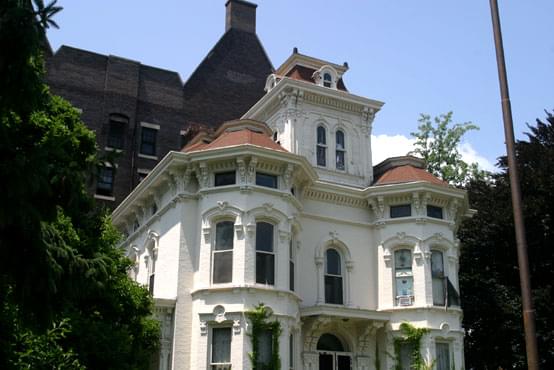
SOURCES INCLUDE
- Ghosthunting Ohio
by John B. Kachuba
pages 17-25
Emmis Books
2004 - Haunted Ohio III
by Chris Woodyard
pages 185-189
Kestrel Publications
2007 - Collingwood Arts Center page on Unsolved Mysteries.com
- Collingwood Arts Center website
- City of Toledo website – History of Water Treatment
- Toledo Volunteer Opportunities on Volunteer Match.org
- The Collingwood Arts Center page on Forgotten Ohio.com
- Collingwood Arts Center page on Toledo Arts.org
- Shadowlands.net – Haunted places in Ohio
Our Haunted Paranormal Stories are Written by Julie Carr
Your Road Trip to Milwaukee’s Hot Spots
